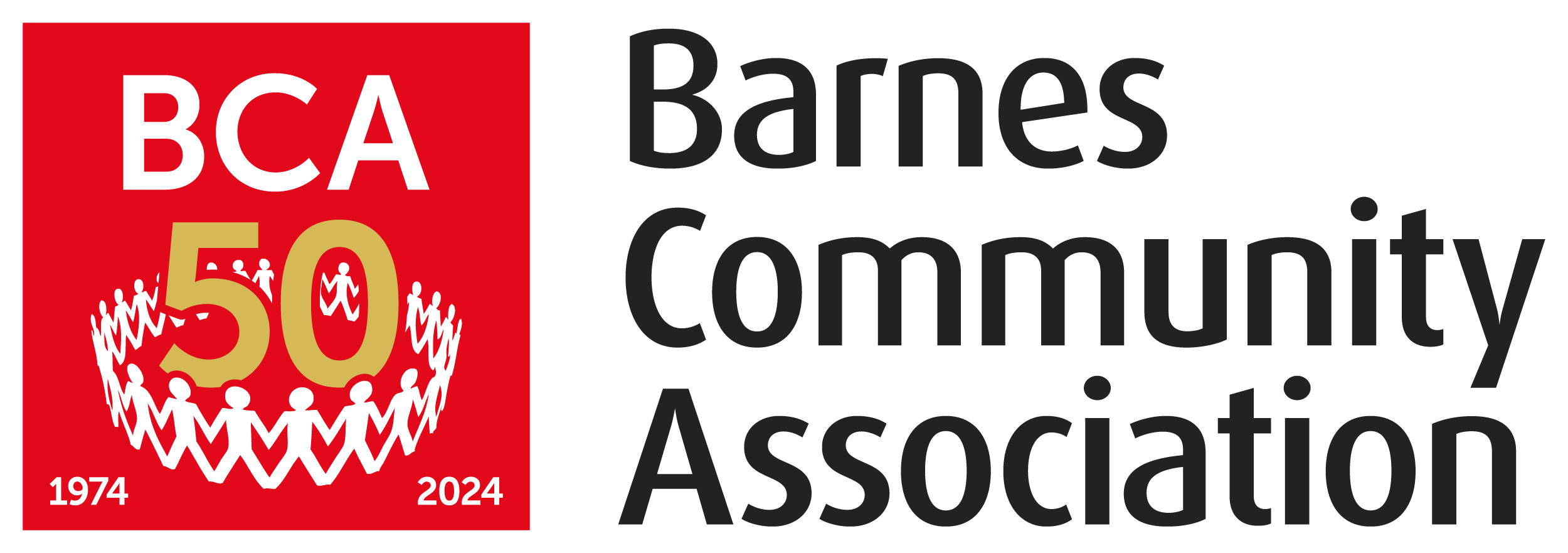Greenkeeper's Update - April and May 2018
This spring has certainly given us a range of weather conditions and often it has been more like summer. As a result of all this heat and heavy rains, the planting on The Green has grown very quickly, especially around the pond margins where irises, ragged robin, and umbellifers are currently in flower, along with a few foxgloves that were added recently. The meadows are also in their prime with dozens of different species flowering, the most eye-catching being the field poppies of course. With a bit of encouragement and a more relaxed strimming regime, they have now spread through the long grass areas where the daffodils are dying back. Oxe-eye daisies, knapweed, and red campion are colonising little bare patches amongst the pond vegetation giving the margins a slightly more colourful look. The meadows may not appear to be particularly different to each other at present but after another season of growth, followed by selective weeding and transplanting in winter they should appear more distinct next year as cornfield, perennial, and acidic meadows.
The Duck Race took place with great success on Easter Saturday and despite wet ground conditions on the day the area along the Brook soon recovered from all the visitors. This year, extra effort was made to reduce impact both alongside and within the Brook. Friends of Barnes Common have made a new, easier path a few metres back from the water’s edge to reduce trampling of vegetation. FoBC and the BCA are also keen to reduce paddling by people and dogs in The Brook and contain such activities to within 10 metres either side of the Brook Bridge (see attached link) This is to protect the stream bed habitat for breeding fish species like the Three-Spined Stickleback and Flounder which are steadily re-colonising the Brook as water and habitat quality is being improved through various projects along its length. Your co-operation in following these guidelines will significantly help protect Beverly Brook’s wildlife - such as the Kingfisher pair which breed in the vicinity and can be seen along this stretch and occasionally on the pond.
On the pond, the main story is the 7 cygnets, one of which carries the leucistic or “white” gene, proper name “immutabilis”. This recessive gene is more common in females and results in the pale white plumage when young and pale feet. It can cause lower survival rates in males but is also linked to earlier first broods for females. Unfortunately the adult male is very territorial at this time and is responsible for the bullying of adult birds and deaths of some of the goslings. Note that gulls, herons, foxes, crows, and terrapins (yes it's true!) also account for some too. The pond is ultimately a small territory for a pair of swans which intensifies their interactions and competition with other birds and means that goslings and ducklings have fewer places to hide than in a wilder situation. The unnaturally high density of birds on the pond due to feeding also adds to this problem. At this time the BCA and council ask that everyone feeds a little less - and certainly no bread - to help reduce bird numbers a little through natural dispersal. This will also alleviate the rat problem which always grows through summer when conditions and food supply for rats significantly improve. By taking care to bin all rubbish and food waste this problem can be further reduced.
